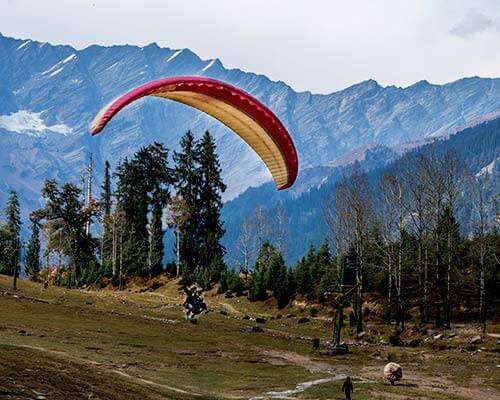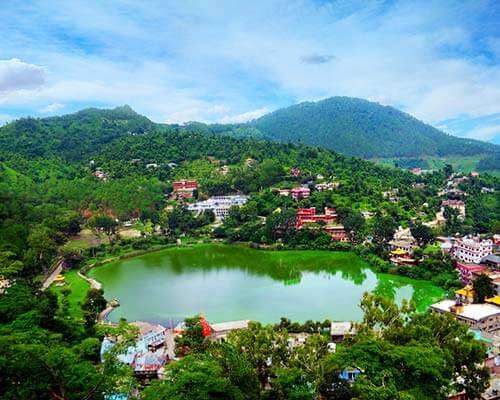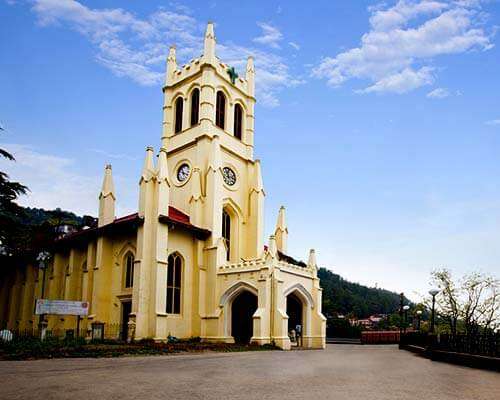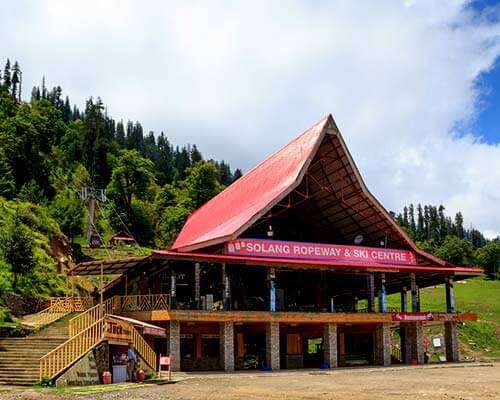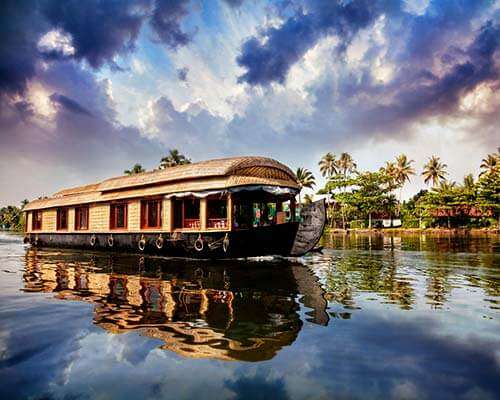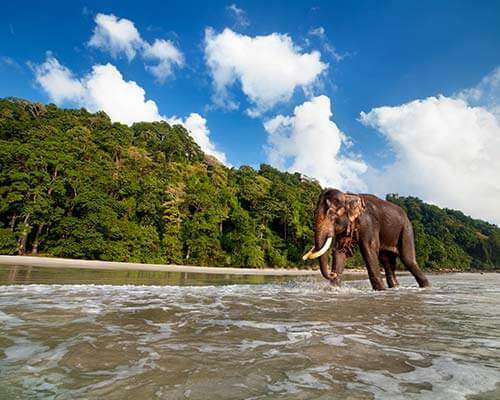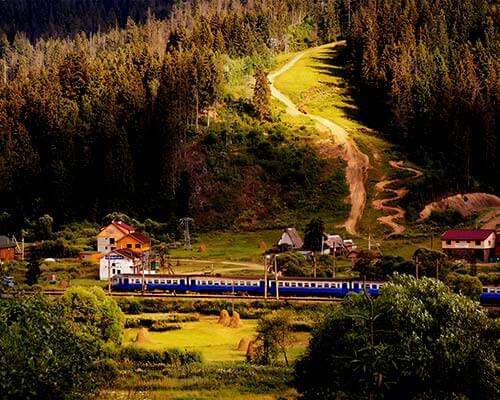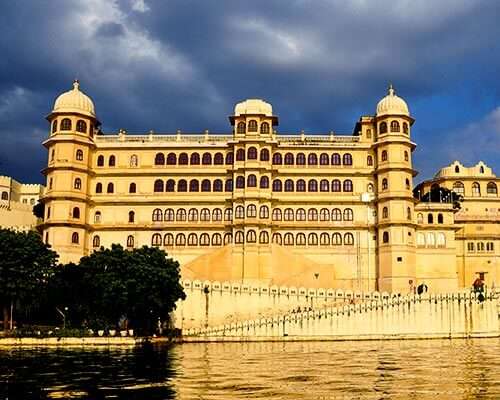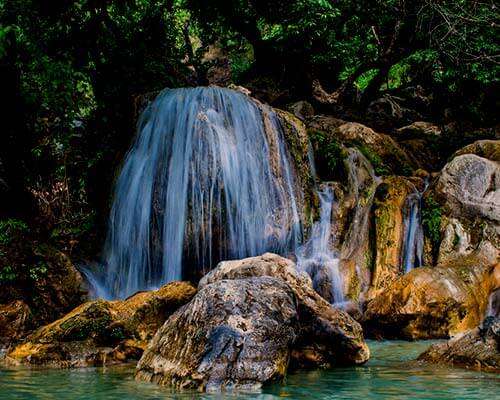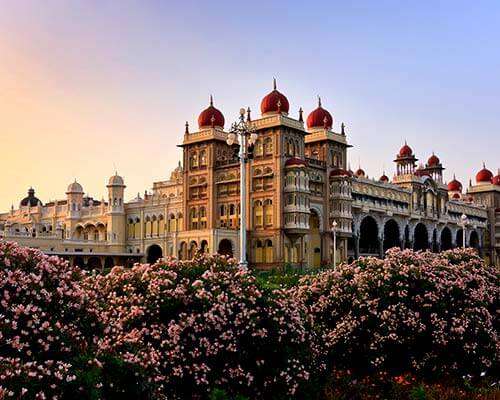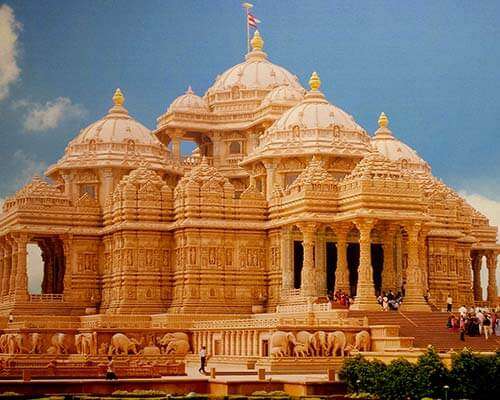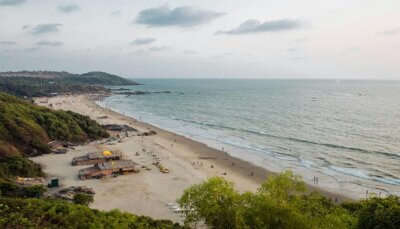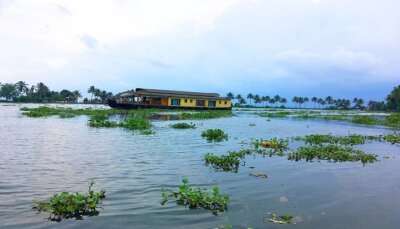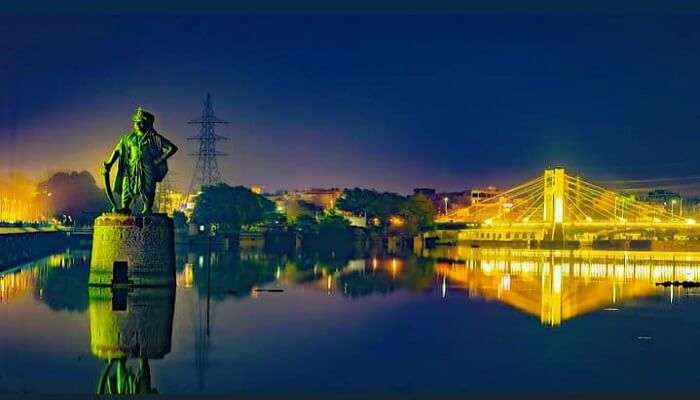Your Little Guide To The Great Himalayan National Park
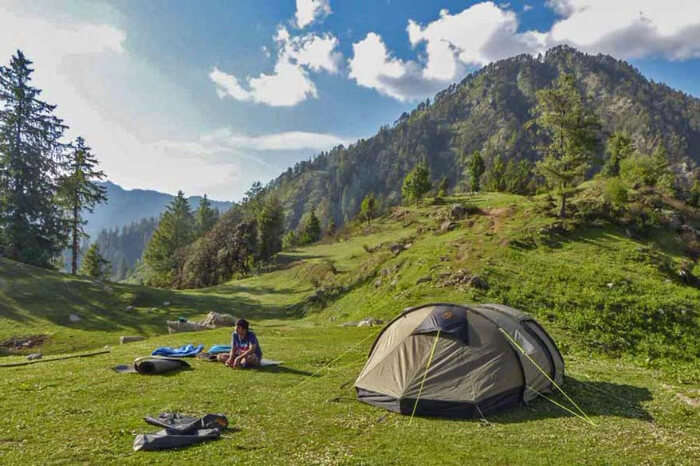
Tucked amidst the snow-capped Himalayas, The Great Himalayan National Park is a beautiful habitat of alpine flora and fauna. Located in the Kullu region, the Great Himalayan National Park was built in 1984 and declared a National Park in 1999. Enumerated as World Heritage Site by UNESCO in 2014, this is one of the largest and scenic national parks in India.
Details about The Great Himalayan National Park
If you are planning a trip to the Great Himalayan National Park, it is important for you to get a detailed idea about the location, the best way to reach there, the activities held there that you can be engaged in, the species which one can explore in this national park, the best time to visit there and some important tips which you need to keep in mind while planning a visit to the Great Himalayan National Park.
Location and Geography of The Great Himalayan National Park
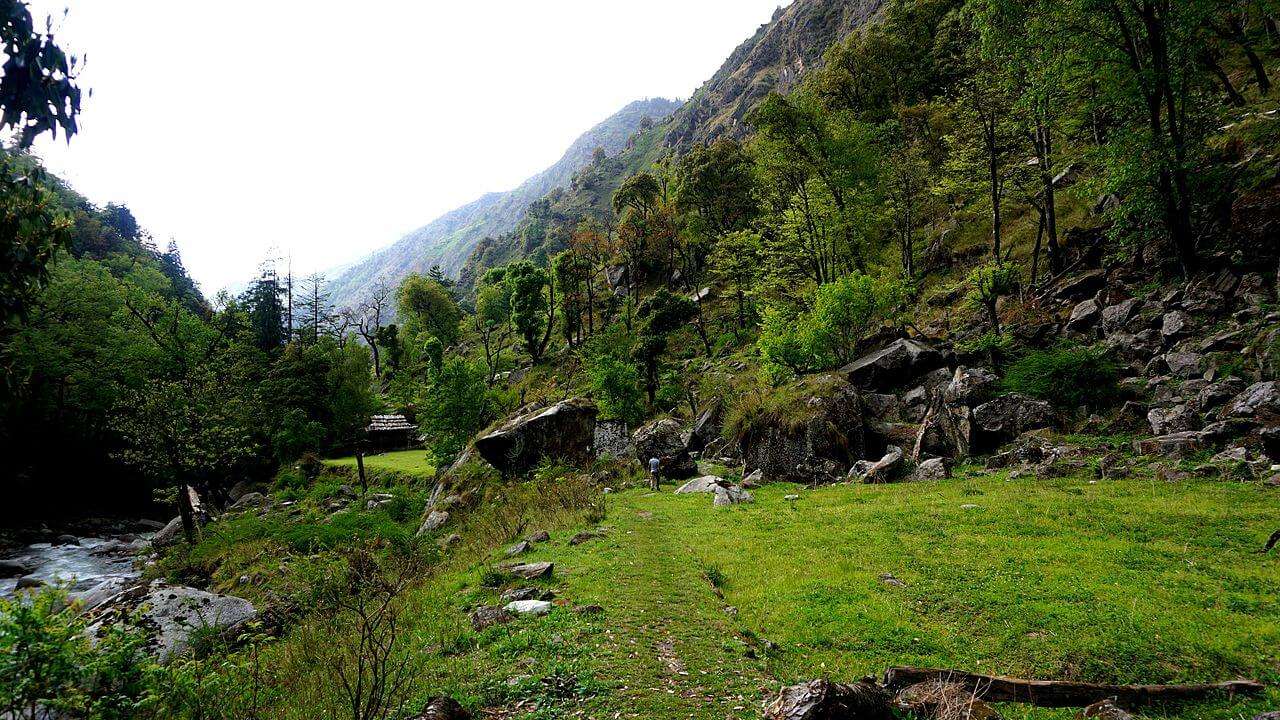
Great Himalayan National Park is located in the Seraj Forest Division, 60 kms from Kullu in Himachal Pradesh. Encircled by Rupi Bhaba Sanctuary, Pin Valley National Park and Kanwar Wildlife Sanctuary, Great Himalayan National Park is located at an altitude of 1500-6000 m and offers breathtaking views of the surrounding mountains. The national park is spread over a sprawling 754 sq km area. In 1994, 256 sq kms of land was delineated from the park area and labelled as buffer zone or ecozone. The ecozone of the Great Himalayan National Park consists of 160 villages.
How to Reach Great Himalayan National Park

By Air: The nearest airport to Great Himalayan National Park is Bhuntar in Kullu, approximately 60 kms away. There are regular flights from Delhi to this airport.
By Rail: Joginder Nagar, near Mandi, is the nearest railhead to Great Himalayan National Park, which is about 143 kms away. Frequent trains ply between Joginder Nagar and Chandigarh.
By Road: There are no motorable roads direct to the national park, instead, there are a couple of gravel roads. From Kullu, either take the route from Ropa to Shangarh in Sainj Valley and from Gushaini to Ropa in Tirthan Valley and reach the park gate.
6 National Parks In Uttarakhand That Would Please Your Eyes & Calm Your Adventurous Side
Himachal Holiday Packages On TravelTriangle
Best Time to Visit Great Himalayan National Park
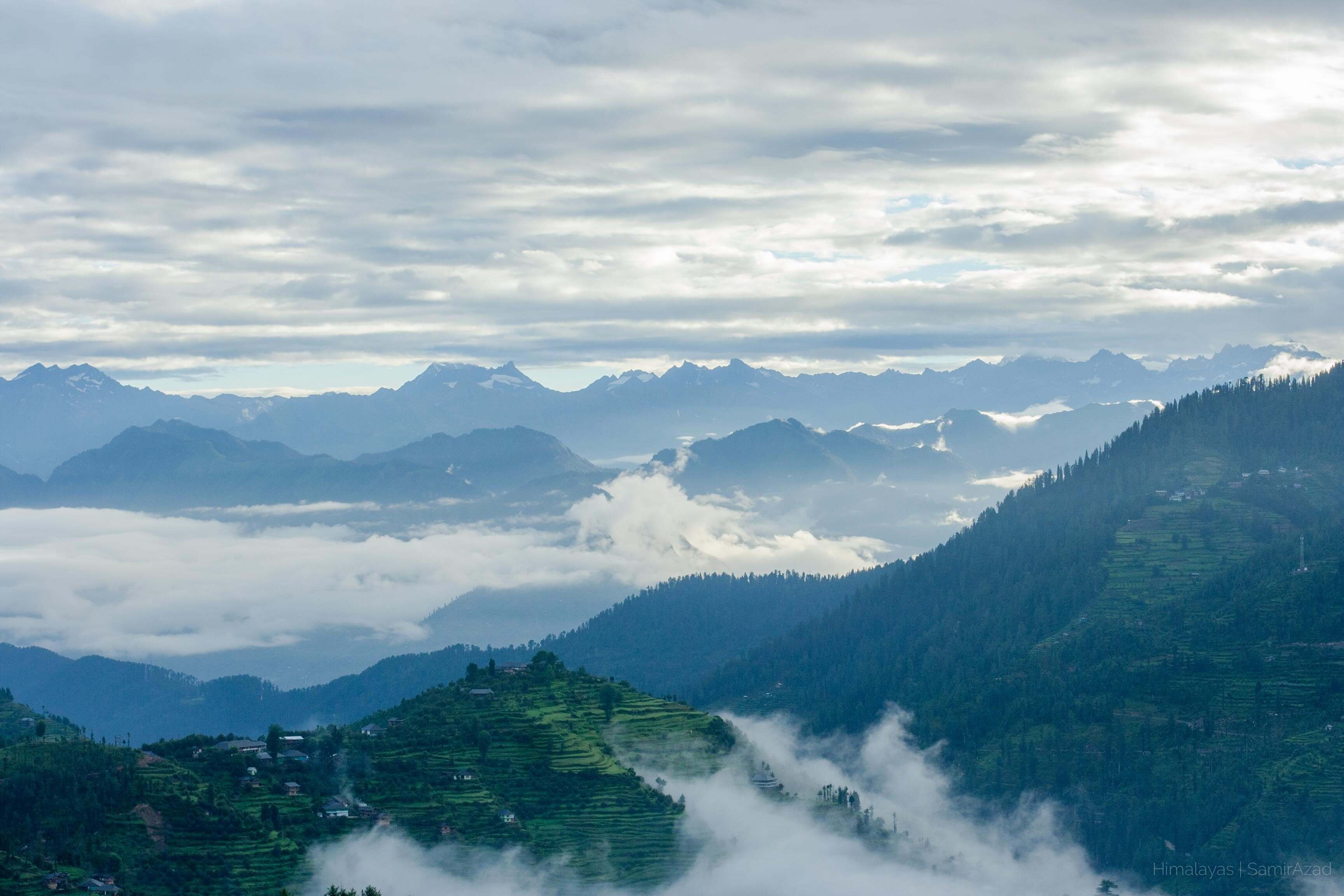
To behold the best of climate and beautiful flora and fauna, March, April, May, June and Mid-September, October and November are the best time to visit the Great Himalayan National Park in Himachal Pradesh. The Himalayan Eco-Tourism team organises treks during these months. Winter months are not advisable for visits due to extremely cold and chilly weather and snowfall. Only lower altitude treks are organised during this season. The monsoon season from July to early September is strictly not recommended for trekking in the national park.
Great Himalayan National Park Entry Fee and Permit
Entrance to the Great Himalayan National Park is strictly by permit. The same needs to be acquired from head office at Shamshi and zonal offices at Shairopa and Ropa. The permit charge for Indian visitors INR 100/day and for foreign nationals is INR 400/day. Students are on discounted entrance charges. It is INR 50 /day for Indian students and INR 250/ day for foreign student. One needs to pay additional charges for still and video cameras.
Top 51 National Parks In India In 2022: A List You Just Can’t Ignore!
Biodiversity of Great Himalayan National Park

The park is habitat to a huge range of plants, animals, and birds. Great Himalayan National Park boasts of 375 fauna species which comprises of mammals, reptiles, molluscs, insects and birds. These animals are safeguarded under Wildlife Protection Act of 1972. Gaming and hunting of animals are strictly prohibited and considered as punishable offence.
The Flora of the Great Himalayan National Park
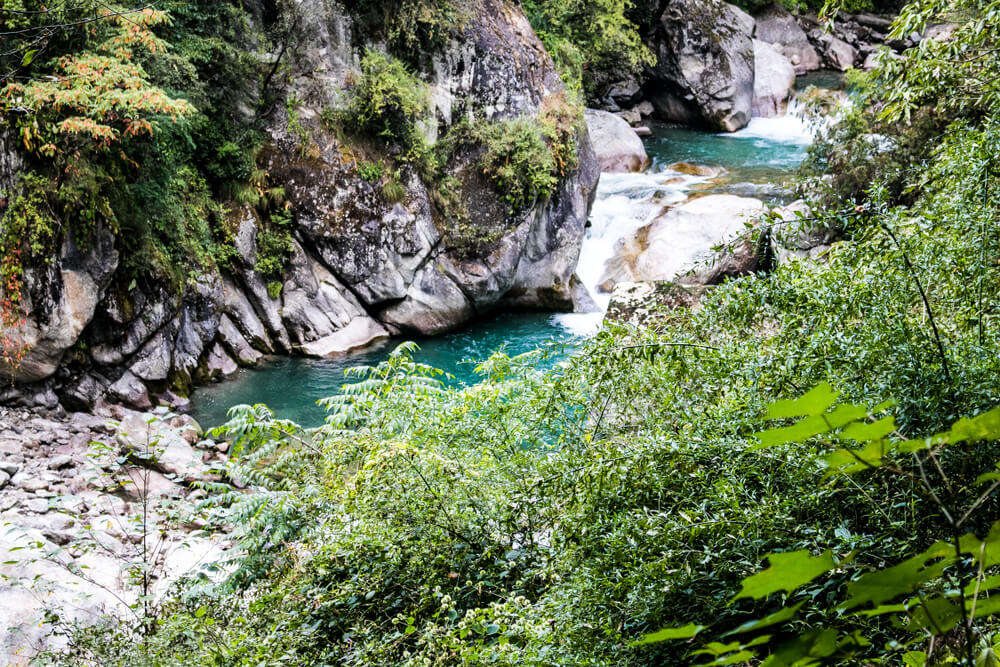
Featuring primarily Deodar and Oak trees, Great Himalayan National Park showcases more than 100 plant species, including medicinal herbs. From pine, chestnut, spruces to junipers and alpine herbs, the list is long and varied. Even in lower altitudes, there are some alpine meadows, cleared for grazing.
28 Best Places To Visit In Kullu That Will Make Your Trip A Happy One In 2022!
The Rich Fauna of the Great Himalayan National Park
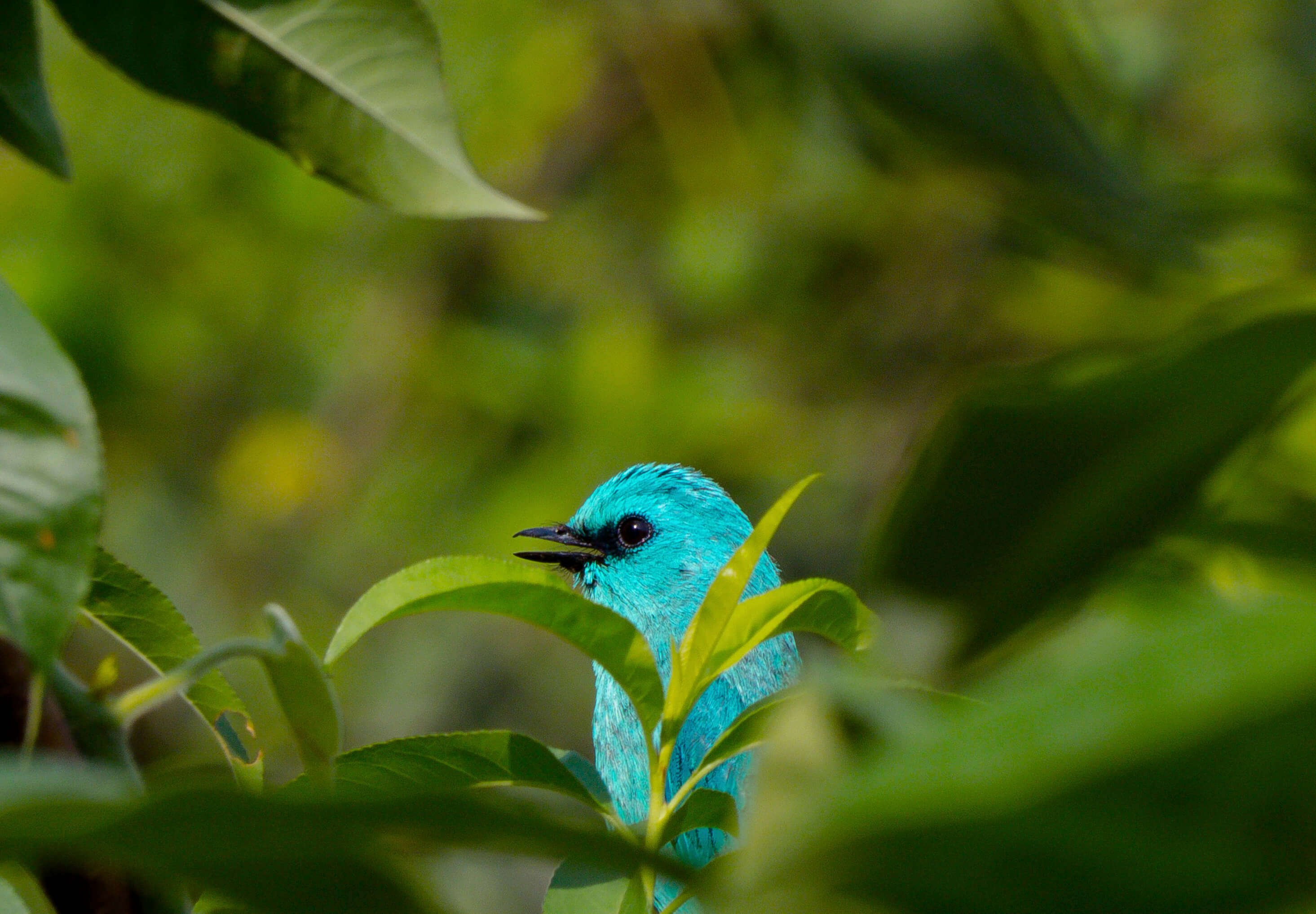
The Great Himalayan National Park animals include some wild species like brown bear, musk deer, thar, goral, snow leopard, bharal, monal, koklas, Tragopan and tahr and blue sheep. Moreover, more than 181 species of birds are seen here. The best sighting is experienced from September to November when animals migrate to lower grounds.
Kanha National Park: Off To The Home Of Jungle’s Fiercest Predator
Activities in Great Himalayan National Park

The Great Himalayan National Park trek is quite popular among explorers. There are 4 moderate to difficult trekking routes in this park. They are: Sainjh Valley, Gushaini to Parvati Valley, Sainj to 6meadows, bird watching and trout fishing.
Places to Stay in and around Great Himalayan National Park
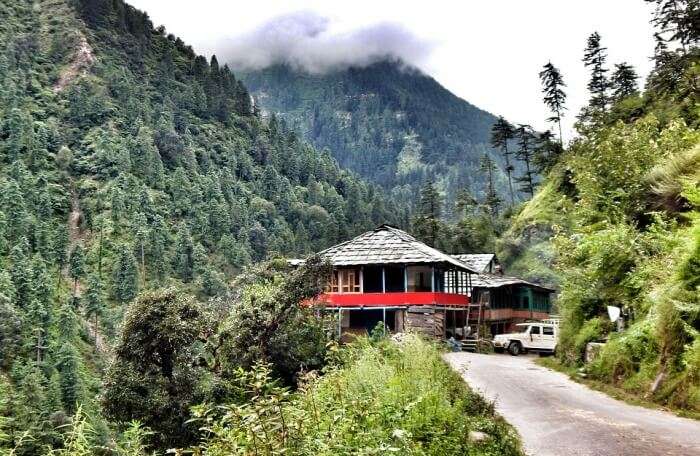
Surrounding areas of Great Himalayan National Park are not so commercialised. So, there is a dearth of hotels and resorts, near the bio reserve. Dormitories at Sairopa Tourist Centre and Forest Rest House at Sairopa are the best Great Himalayan National Park hotels.
Dussehra In India: 10 Places To Welcome The Best Celebrations In 2022
Tips for Travellers
-
- Many of the trekking routes are quite steep, so wear appropriate trekking shoes.
- Carry dry foods, essential medicines and water during trek.
- Make sure you are physically fit for the trek.
- Appoint a registered guide for trekking.
- Do not forget to take the permit from forest office.
- Accommodation is limited here. To avoid rush, book in advance, if you are planning to visit during summer months.
- For camping, carry tents, sleeping bags, basic utensils and stove etc
This Yellowstone National Park Guide Is All You Need For An Incredible Escape
If you are a trekking enthusiast or nature lover planning to visit Great Himalayan National Park this summer, let our trip specialist help you plan your Kullu trip with ease. And do not forget to share your experiences with us.
Frequently Asked Questions About The Great Himalayan National Park
What is Great Himalayan National Park famous for?
The National Park is one of the UNESCO World Heritage Sites the most protected areas in the Himalayas. It is also home to almost 800 species of fauna and 350 species of flora, among which some are quite endangered.
Which animal is protected in Great Himalayan National Park?
Most of the species of fauna are protected under the Indian Wildlife Act which also in cludes common leopard, blue sheep, snow leopard, Himalayan tahr, Himalayan brown bear, serow(goat-like antelope) and musk deer.
Which animal is rarest in the Himalayas?
Red Panda is considered to be the rarest animal found in the Himalayas. The total number of Red Pandas are believed to be even less than 10000. The rare Himalayan animal, Red Panda can easily be identified by its reddish-brown fur and long shaggy tail.
Which river passes through the Great Himalayan National Park?
The Sainj River passes through the Great Himalayan National Park. It flows to the southwest to join River Beas, at the small village of Larji.
Which animal lives high up in the Himalayas?
Diverse kinds of insects, mites, spiders are animal forms that can live as high up as around 20,700 feet. The yaks in the Himalayas, Nepal live high up the Himalayas.
Looking To Book A Holiday Package?
People Also Read
Periyar National Park Silent Valley National Park Manas National Park
A book lover and fun-loving, overtly emotional mom with a wanderlust soul, Sukanya has completed her Master Degree in Geography and currently perusing her passion for writing as a profession. Nothing detoxes her more than trying new recipes and travelling to offbeat places is ultimate Therapy for her.

